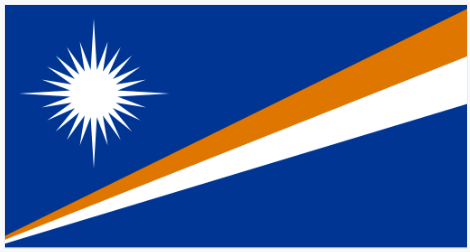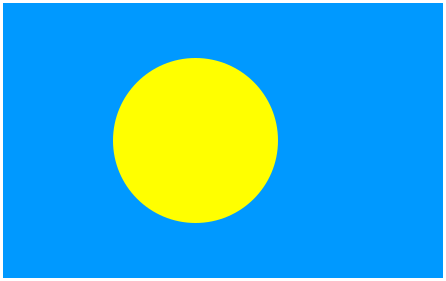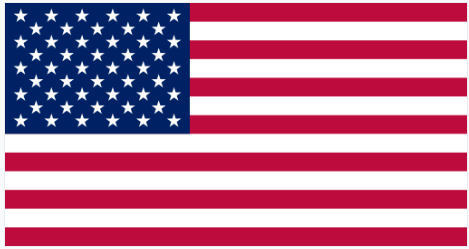Arrangements
The Federated States of Micronesia (FSM), the Marshall Islands, and Palau gained independence in 1986, 1986, and 1994 respectively, but are classified as "Freely Associated States" (FAS) with the United States.



This status means they have a unique relationship with the U.S., particularly concerning national defense and foreign affairs. Here are some important aspects of the FAS arrangements:
- Defense and Security: Under the Compact of Free Association, the U.S. is responsible for the defense of these states. This means that while they have their own governments, the U.S. provides military protection and has the right to establish military bases in the region.
- Economic Assistance: The FAS arrangements include financial assistance from the U.S. This support can be in the form of direct funding, grants, and other economic aid to help promote development and stability within the islands.
- Access to U.S. Programs: Citizens of the FAS have the right to live, work, and study in the U.S. without needing a visa. They also have access to various U.S. programs, including educational and health services, which can significantly benefit their populations.
- Limited Sovereignty: While the FAS have their own governments and can conduct their own domestic affairs, their foreign relations and defense are largely managed in conjunction with the U.S. The U.S. retains certain powers, such as the ability to approve treaties and agreements with other countries.
- Cultural and Political Autonomy: While the FAS arrangements provide for U.S. defense and economic support, the states retain a degree of cultural and political autonomy. They can pursue their own policies and maintain their unique cultural identities.
- Renewal of the Compact: The Compact of Free Association is subject to periodic review and renewal. The agreements may be renegotiated to reflect changing circumstances and needs, allowing for adjustments in the terms of economic assistance and other areas.
Overall, the relationship between the U.S. and the Freely Associated States is characterized by a balance of autonomy and support, allowing these nations to manage their internal affairs while relying on the U.S. for defense and certain economic needs. This arrangement reflects the historical context of their independence and the strategic interests of both parties in the Pacific region.

HistoryThe concept of "Freely Associated States" (FAS) in the United States emerged from the decolonization process in the Pacific, particularly concerning the former Trust Territory of the Pacific Islands (1947 - 1994), which included Micronesia, the Marshall Islands, and Palau.
The legal development of this concept began in the mid-20th century when the U.S. sought to establish relationships with these territories following World War II. The United Nations Trusteeship Council oversaw these territories, and the U.S. administered them under a trusteeship agreement.
In the 1970s, as these territories moved toward self-determination, the U.S. negotiated Compacts of Free Association with them. The first of these was with the Federated States of Micronesia and the Republic of the Marshall Islands in 1986, followed by the Compact with Palau in 1994.
These Compacts established a unique relationship between the U.S. and the FAS, allowing them a degree of autonomy while providing for U.S. defense, economic assistance, and certain privileges, such as access to U.S. federal programs. Inside the territories of the the Freely Associated States (FAS), the U.S. flag is flown. Each FAS also has its own flag that represents its national identity and sovereignty.
The origins of the FAS category stem from the need to balance the political aspirations of these territories for self-governance with U.S. strategic interests in the Pacific region, particularly during the Cold War. The FAS status allows these nations to maintain their sovereignty while benefiting from a close relationship with the U.S.
Alternatives for DecolonizationThe United Nations has established several pathways for the decolonization of Non-Self-Governing Territories (NSGTs) through UN General Assembly Resolution 1541 (XV), adopted in 1960. This resolution specifically outlines three legitimate ways a territory can reach self-governance:
- Emergence as a sovereign independent State
- Free association with an independent State
- Integration with an independent State
For Free Association:
- The territory makes this choice through free and voluntary democratic processes
- The associated territory retains the freedom to modify its status
- The territory can retain certain levels of autonomy over internal matters
- Usually involves the larger state handling defense and foreign affairs
- Examples include: The Marshall Islands, Micronesia, and Palau (all in free association with the USA)
Bibliography
Camacho, L. J. 2009. The Politics of the Compact of Free Association Between the United States and the Federated States of Micronesia. Honolulu: University of Hawaii Press.
Fitzpatrick, J. J. 2011. The Compact of Free Association: A Study of the Compact's Impact on the Marshall Islands and Micronesia. Washington, D.C.: U.S. Government Printing Office.
Lum, Thomas 2024. The Compacts of Free Association. Washington, D.C.: Congressional Research Service.
Mason, J. A. 1998. "The Impact of the Compact of Free Association on the Marshall Islands: A Review." Pacific Islands Forum Secretariat, 12–35.
Nash, M. 2017. The United States and the Marshall Islands: A Complicated Relationship. New York: Routledge.